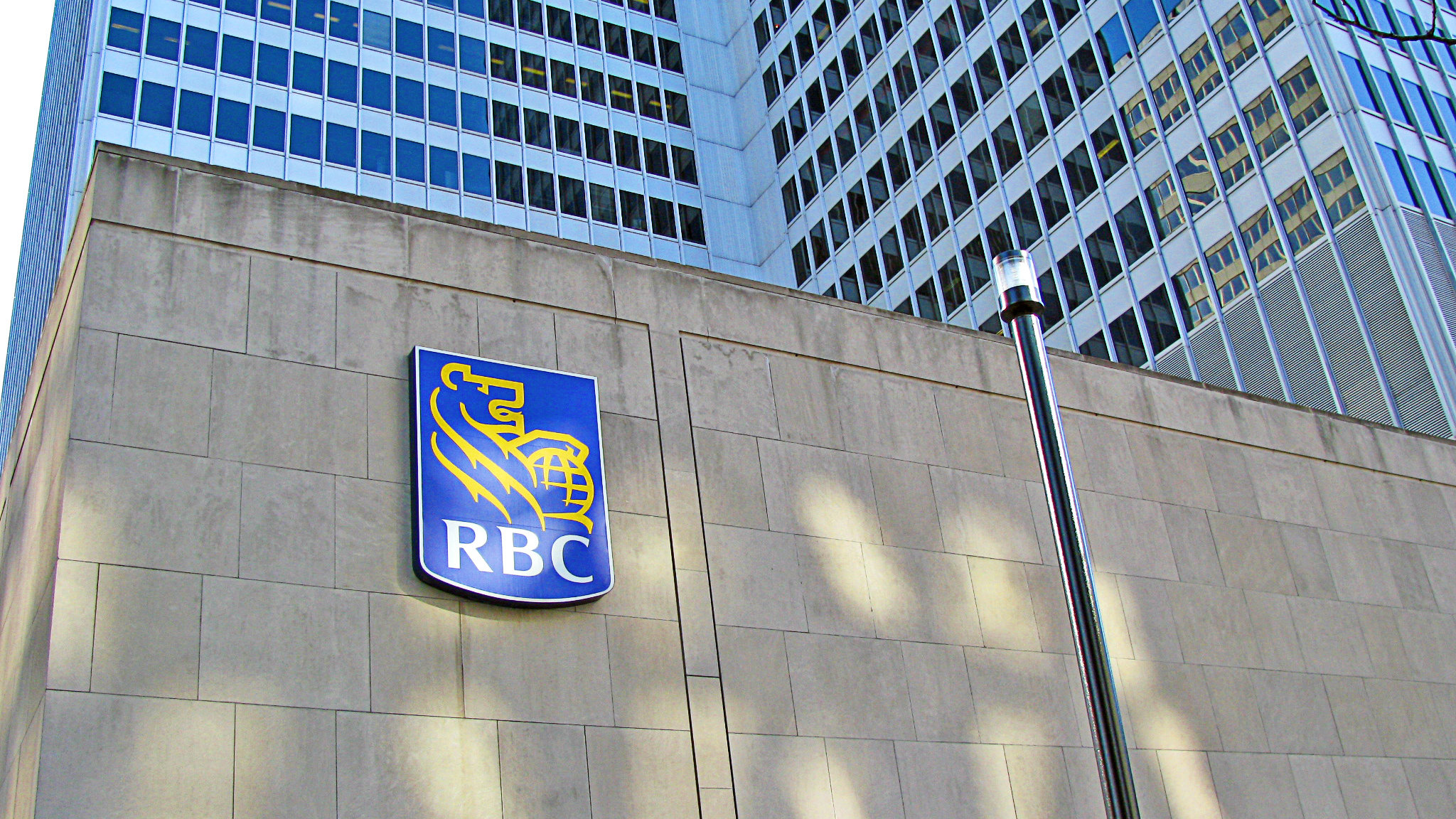Royal Bank of Canada (TSX:RY)(NYSE:RY), Canada’s largest bank, announced its fourth-quarter earnings results Wednesday morning, and its stock responded by rising about 1% as of 2:00 P.M. EST. Let’s break down the earnings results and the fundamentals of its stock to determine if it could continue higher from here, and if we should be long-term buyers today.
The results that sent the stock higher
Here’s a quick breakdown of 12 of the most notable financial statistics from RBC’s three-month period ended October 31, 2017, compared with the same period in 2016:
| Metric | Q4 2017 | Q4 2016 | Change |
| Non-interest income | $6,162 million | $5,177 million | 19.0% |
| Net interest income | $4,361 million | $4,187 million | 4.2% |
| Total revenue | $10,523 million | $9,364 million | 12.4% |
| Net income | $2,837 million | $2,543 million | 11.6% |
| Diluted earnings per share (EPS) | $1.88 | $1.65 | 13.9% |
| Total assets | $1,212,853 million | $1,180,258 million | 2.8% |
| Total deposits | $789,635 million | $757,589 million | 4.2% |
| Total loans, net of allowance for loan losses | $542,617 million | $521,604 million | 4.0% |
| Common equity | $67,416 million | $64,304 million | 4.8% |
| Total assets under management | $639,900 million | $586,300 million | 9.1% |
| Total assets under administration | $5,473,300 million | $5,058,900 million | 8.2% |
| Book value per share | $46.41 | $43.32 | 7.1% |
What should you do now?
It was a great quarter overall for RBC, and it capped off a very strong year for the company, in which its total revenue increased 4.8% to $40.67 billion, and its EPS increased 11.5% to $7.56 compared with fiscal 2016. That being said, I think the pop in its stock is warranted, and I think it still represents a very attractive long-term investment opportunity for two fundamental reasons.
First, it’s attractively valued. RBC’s stock still trades at just 13.4 times fiscal 2017’s EPS of $7.56 and only 12.7 times fiscal 2018’s estimated EPS of $7.96, both of which are inexpensive given its current earnings-growth rate and its estimated 7.5% long-term earnings-growth rate; these multiples are also inexpensive given the low-risk nature of its business model.
Second, it’s a dividend aristocrat. RBC pays a quarterly dividend of $0.91 per share, representing $3.64 per share annually, which gives it a lavish 3.6% yield. Foolish investors must also note that 2017 marks the seventh consecutive year in which it has raised its annual dividend payment, and its 4.6% hike in August has it on track for fiscal 2018 to mark the eighth consecutive year with an increase.
RBC’s stock is up over 10% since it reported its third-quarter earnings results on August 23, and I think it is still a strong buy today, so take a closer look and consider making it a long-term core holding.








